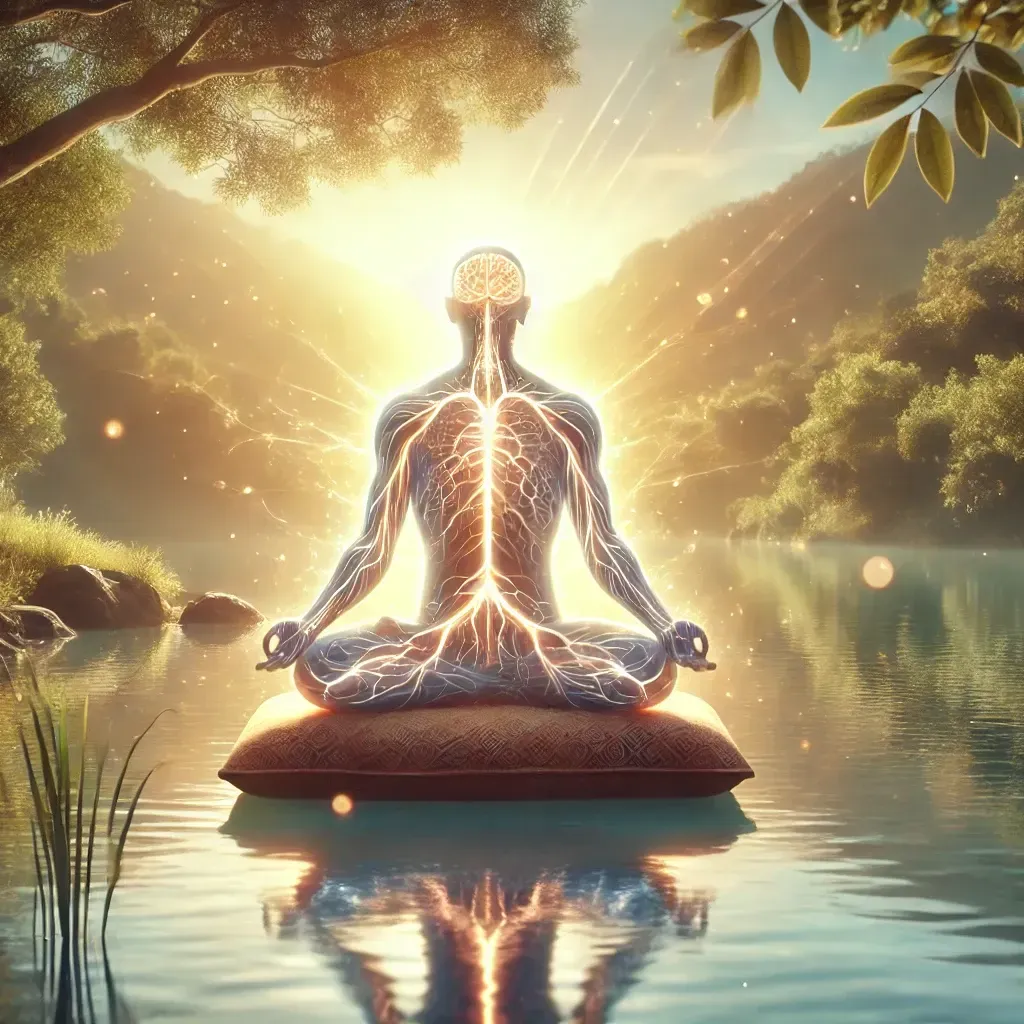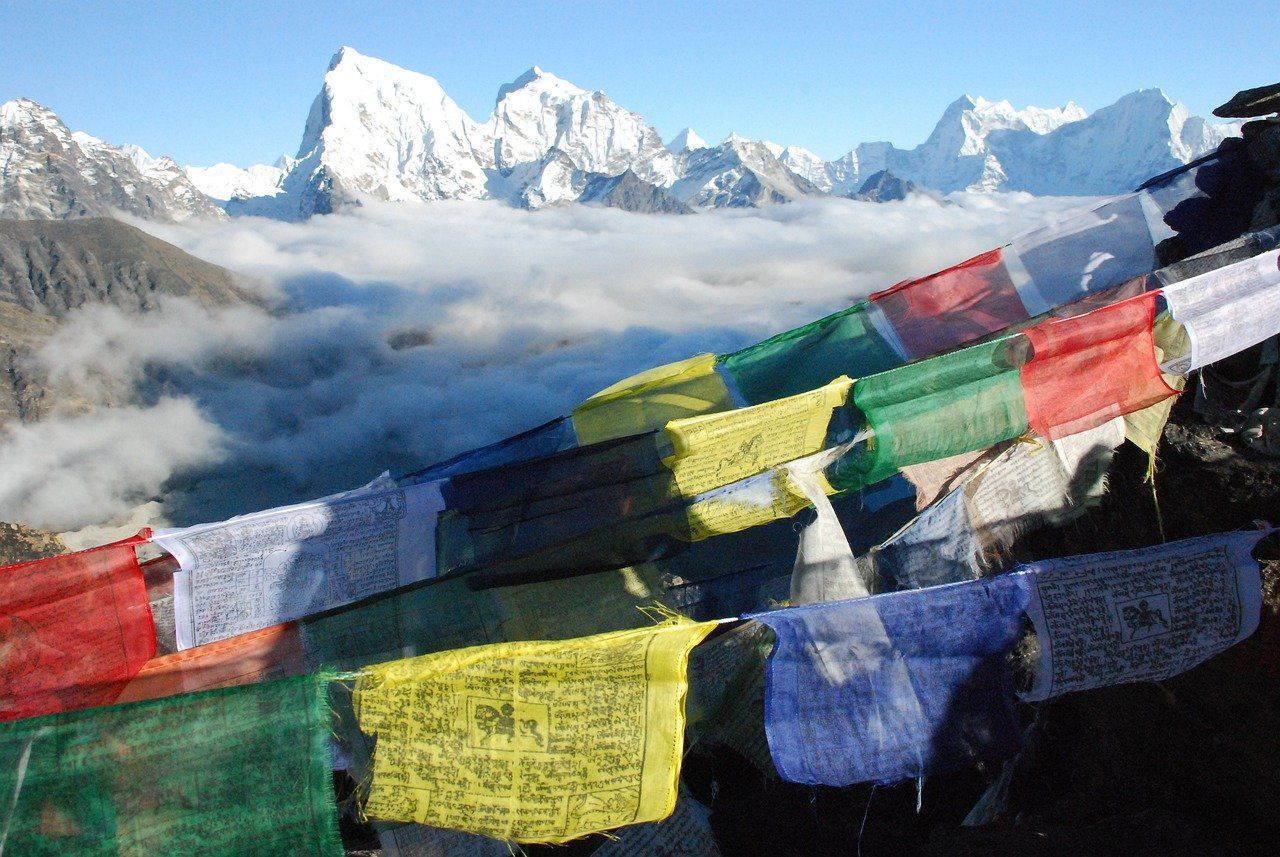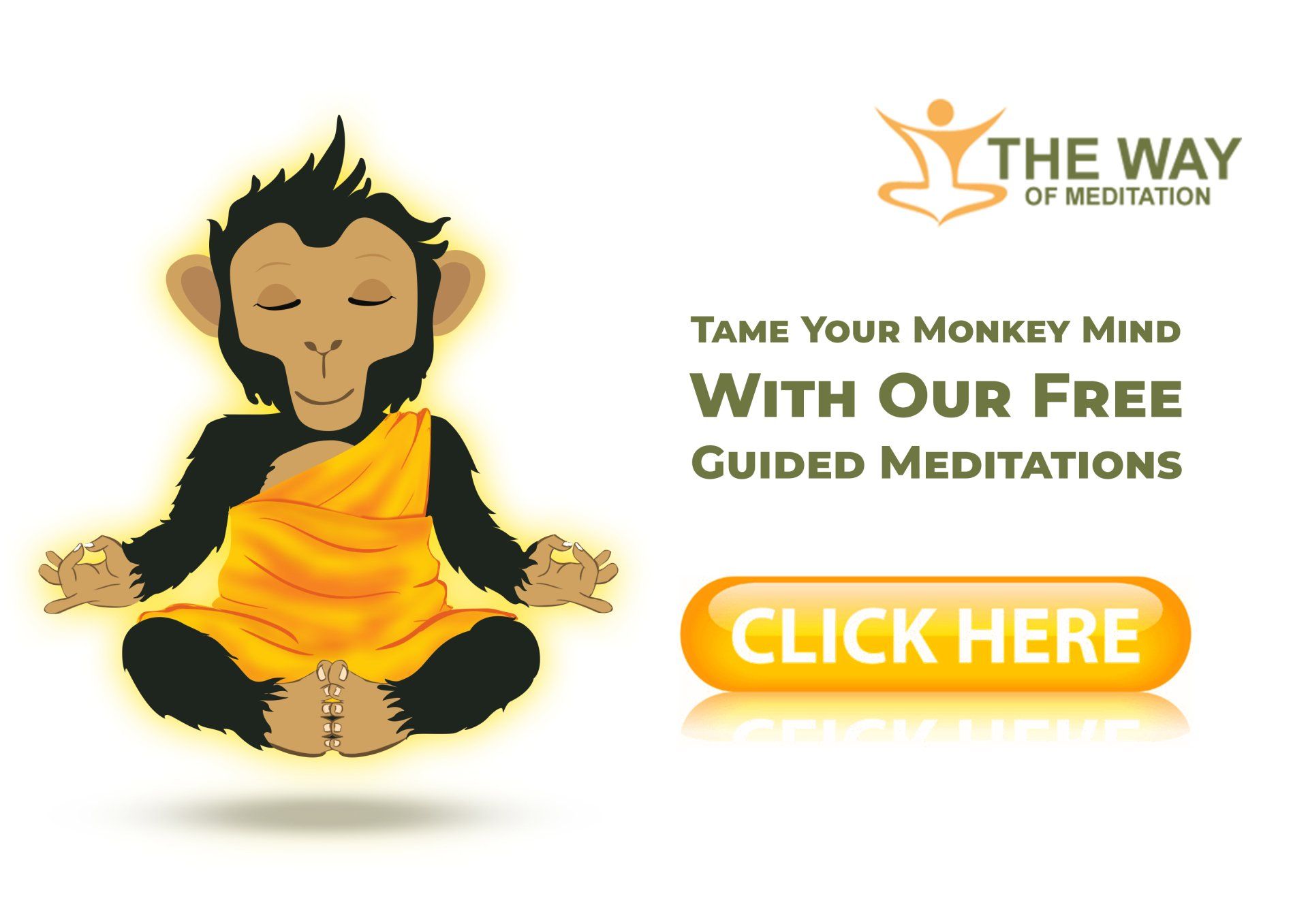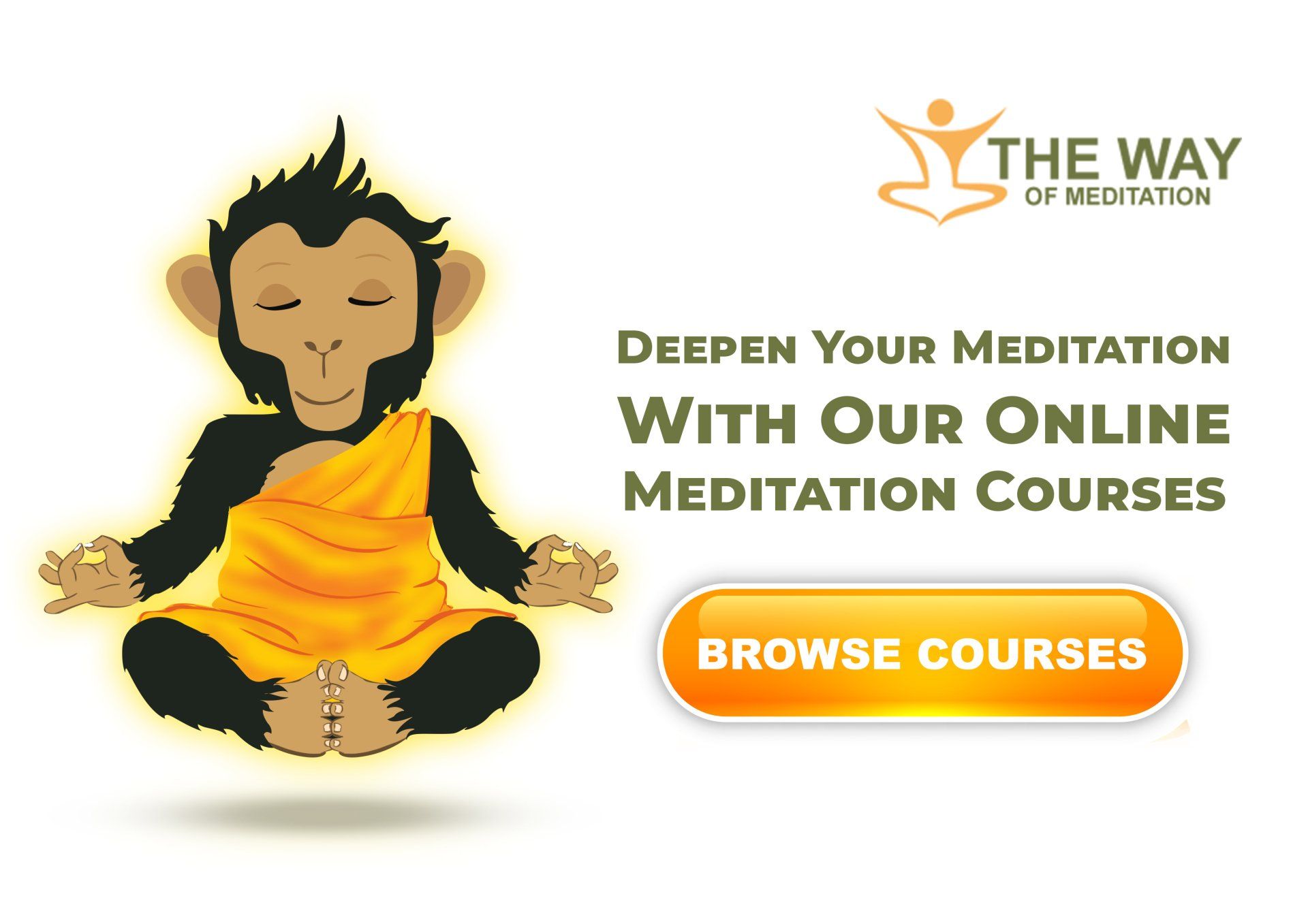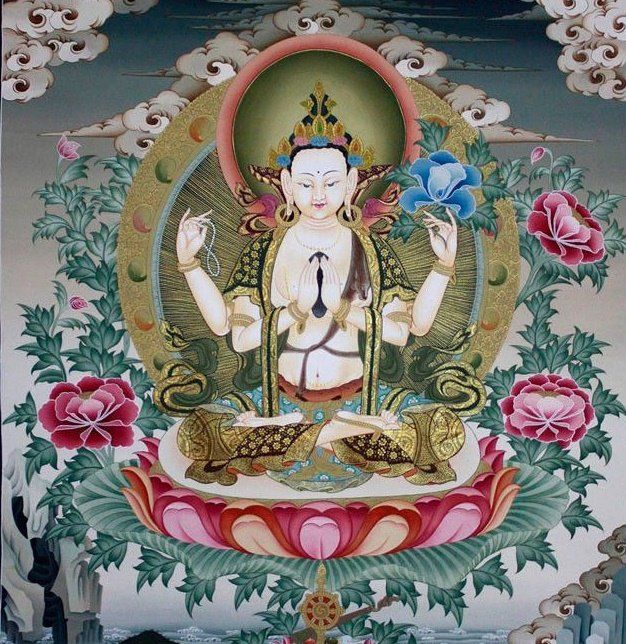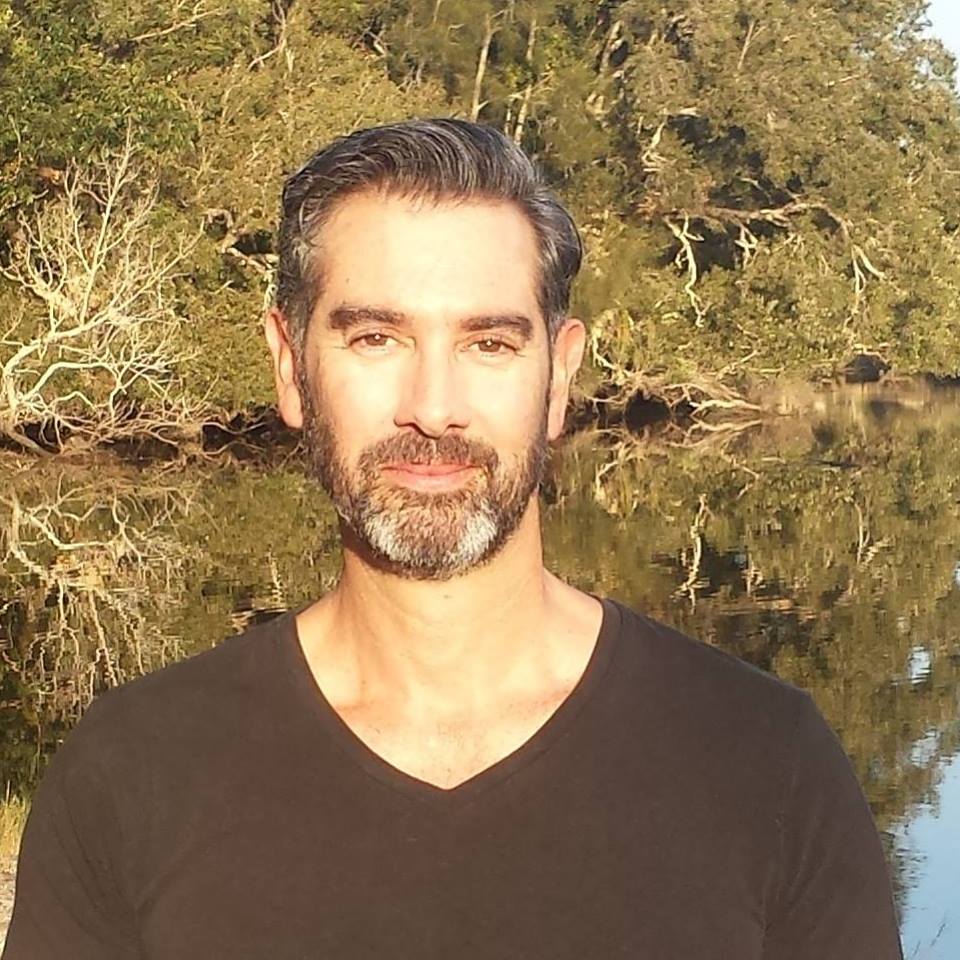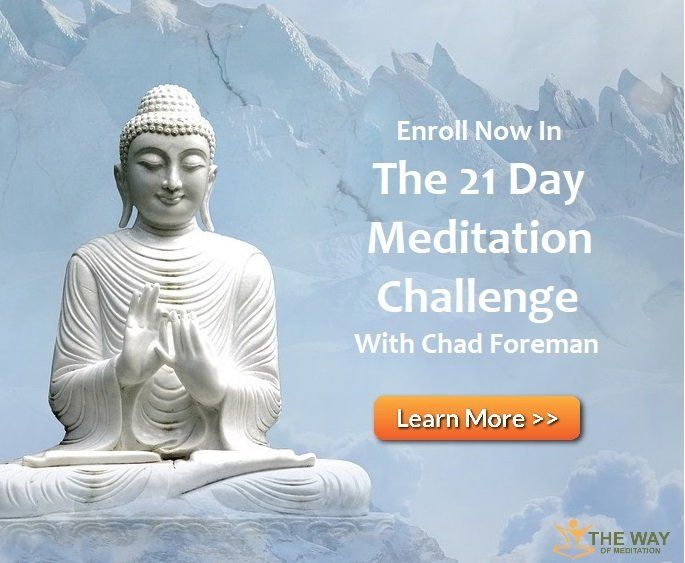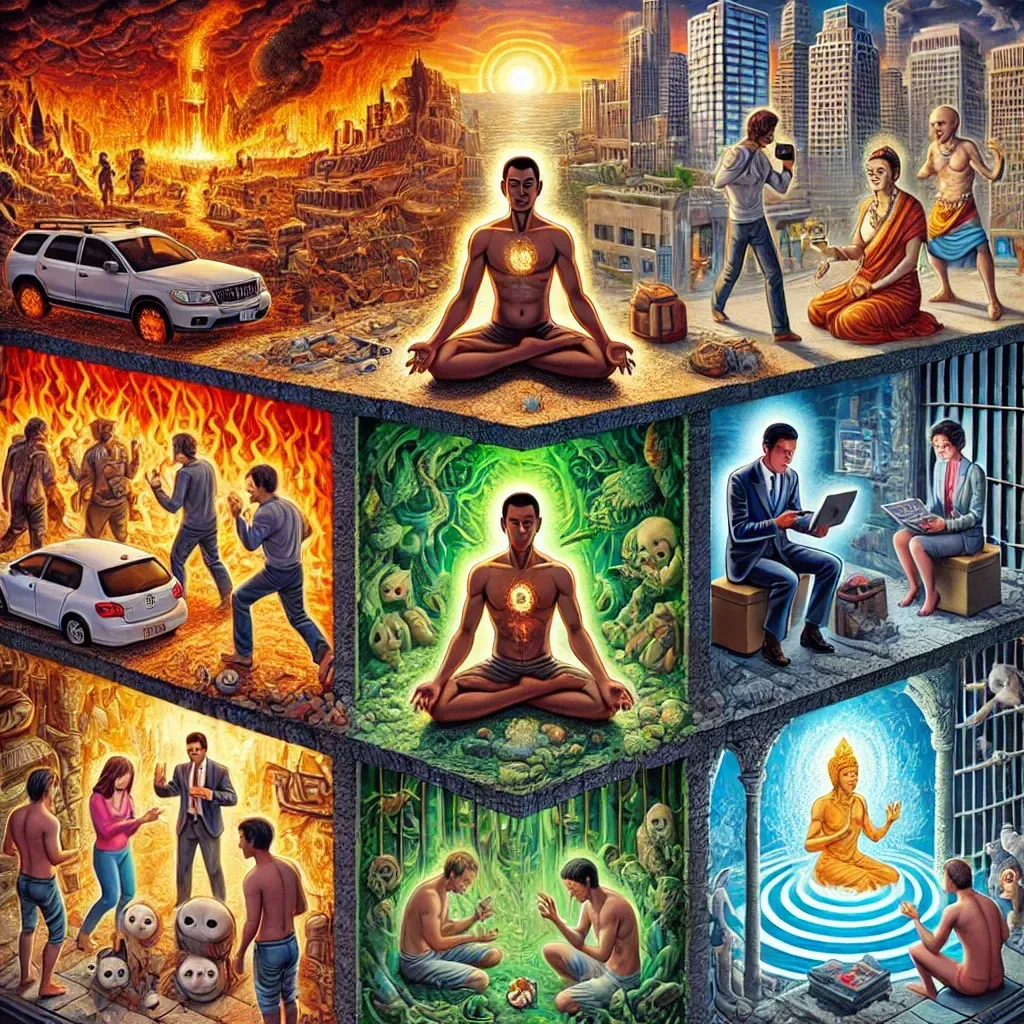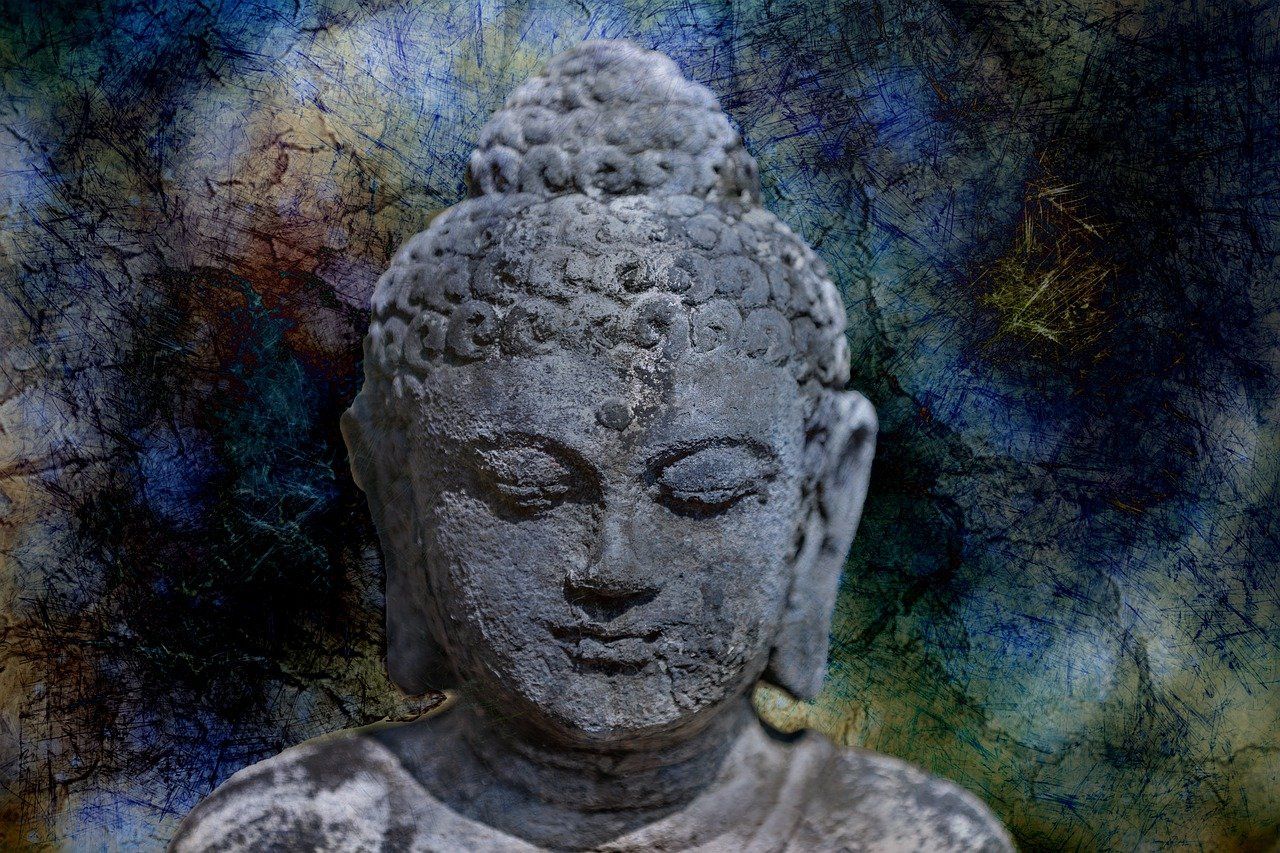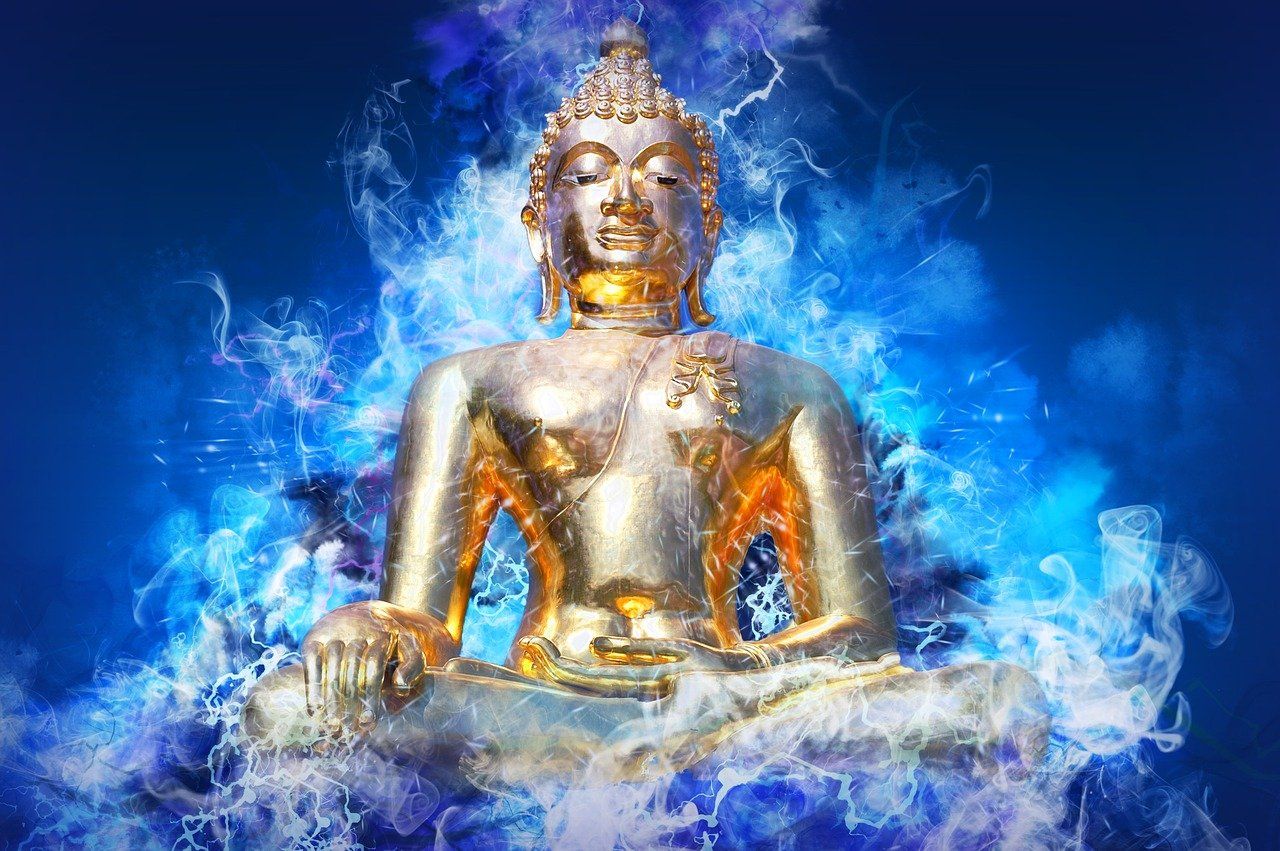The 4 Main Spiritual Practices Of Tibetan Buddhism
Tibetan Buddhism
Tibetan Buddhism is a unique depository of eastern thought. The country is nestled between China and India, Kashmir and Nepal and has adopted elements of different traditions including Shaivism, Indian Tantra, Japanese Zen, of course Indian Buddhism and also includes elements of the shamanistic tradition of Bon which was native to Tibet before the arrival of Buddhism in the 8th century.
Tibetan Buddhism is an eclectic mix of the best of the orient which can make it difficult to penetrate so different Tibetan masters over the years have summed it up into several main categories. It has even become a curriculum of gradual stages to enlightenment expressing all the great traditions in a step by step path to complete and full enlightenment. This blog is in that vein trying to sum up the many and various practices of Tibetan Buddhism into an easy to understand spiritual path.
The four main spiritual practices of Tibetan Buddhism are Renunciation, Bodhicitta, Emptiness and Vajrayana.
Renunciation has the connotation of turning away from something. What is not as widely known is it’s also a turning toward something. It means to turn away from worldly pursuits to achieve happiness and turn toward inner and spiritual means to achieve happiness and fulfilment. It is the beginning of the spiritual quest after realising the limitations of wealth, fame and material possessions to bring lasting happiness.
Often in the west we think if I’m just successful in my career and have abundant wealth I will surely be really happy. Of course people who have achieved these measures of success have discovered the ancient truth for themselves that these things are not inherently satisfying and have no meaning other than what we attribute them. Sometimes it takes a ridiculously wealthy and successful person like Russel Brand to remind us of this truth:
“Increasingly I’ve realised; everybody has beauty within themselves, and if you find this and accept this, then you will be happy regardless of external attributes or material things.”
Bodhicitta is a type of great love and compassion that informs and motivates our spiritual pursuits. Upon reflection of the insubstantial nature of the world and the vicious cycle of looking for satisfaction in objects which are inherently unsatisfying we realise the unnecessary suffering of ourselves and by extension everyone else in the world still trapped by delusions of desirous attachment to things. This gives rise to a type of natural compassion that is motivated to help others by firstly helping ourselves by becoming free of clinging to the world.
The wish to be free to be the most benefit to all other beings is based on a recognition of the equality of all people and the intimate connection we have with every living creature through countless lifetimes of interrelating, the shared suffering and the shared pursuit of happiness. We all want to be happy and we all want to avoid suffering unfortunately we are trapped in patterns that undermine our own and other’s happiness.
“I have found that the greatest degree of inner tranquillity comes from the development of love and compassion.”
Emptiness
All of human knowledge is stored in language and concepts so what happens when you give up the obvious intelligence of concepts? A huge void opens up. This void transcends language and concepts and is the direct experience of countless mystics throughout the ages.
It turns out the void is not empty at all. From those who have directly experienced this transcendent reality they report a fullness, an interconnectivity of all things and most commonly of all a deep sense of love and peace are found in this most mystical of experiences.
Conclusion
I have practised all four of these spiritual paths and can testify that they are extremely beneficial and meaningful and I do teach these forms of meditation and encourage people to engage with them to the best of their ability. Each one contains its own wisdom and has its own positive effects on my life. After many years of practising these spiritual paths I stumbled upon the secret teachings of Tibetan Mahamudra in books literally hidden at the back of the library at the Tibetan Buddhist centre where I lived. Dzogchen which is sometimes referred to as the highest path of Tibetan Buddhism contains all the above gradual paths but it also contains a radical meditation on the non dual or direct path to enlightenment.
The direct approach recognises that renunciation, love and compassion and bliss are already existing in a complete and eternal way within every sentient beings. Somtimes known as Buddha Nature, these teachings say that all that is required is to give up all pursuits and all efforts to get anywhere else and instead rest in your natural state of completion and fulfilment. Because our nature is already perfect sometimes referred to as pure awareness or clear light , we only have to stop all fabrication and manipulation and come to rest in the great natural peace of who we truly are.
The direct approach connects you with a profound peace, love and wisdom within, the more you can rest in the natural state the more its good qualities will shine through. However until we can fully undue the past conditioning of looking for happiness in material pursuits, looking for love from others and looking for wisdom from our own egos we will still be under their spell and trapped. The more we can practice renunciation, bodhicitta and emptiness in an intentional way the more we can purify the conditions of the past and allow the radiant light of natural awareness to fully blossom and come into being in this world. Therefore all these meditations go together until you are fully enlightened and then it all comes naturally.
Written by Chad Foreman
Chad Foreman is the founder of The Way of Meditation, has been teaching meditation since 2003, determined to bring authentic meditation practices into the lives of millions of people in the modern world. Chad is a former Buddhist monk who spent 6 years living in a retreat hut studying and practicing meditation full time and has now has over twenty years’ experience teaching meditation. Chad holds regular Meditation Retreats on the Sunshine Coast Australia, has Online Meditation Coaching, delivers three online programs - The 21 Day Meditation Challenge to help guide people gradually from the basics of mindfulness and relaxation to profound states of awareness. Breath-work to help manage stress and go deeper into meditation and The Bliss of Inner Fire which is a Buddhist tantric method for purifying energy blocks and contacting the clear light of bliss. You can also now get Chad's free e-book Insights Along the Way.
Get A FREE
Guided Meditation Series
with Chad Foreman
